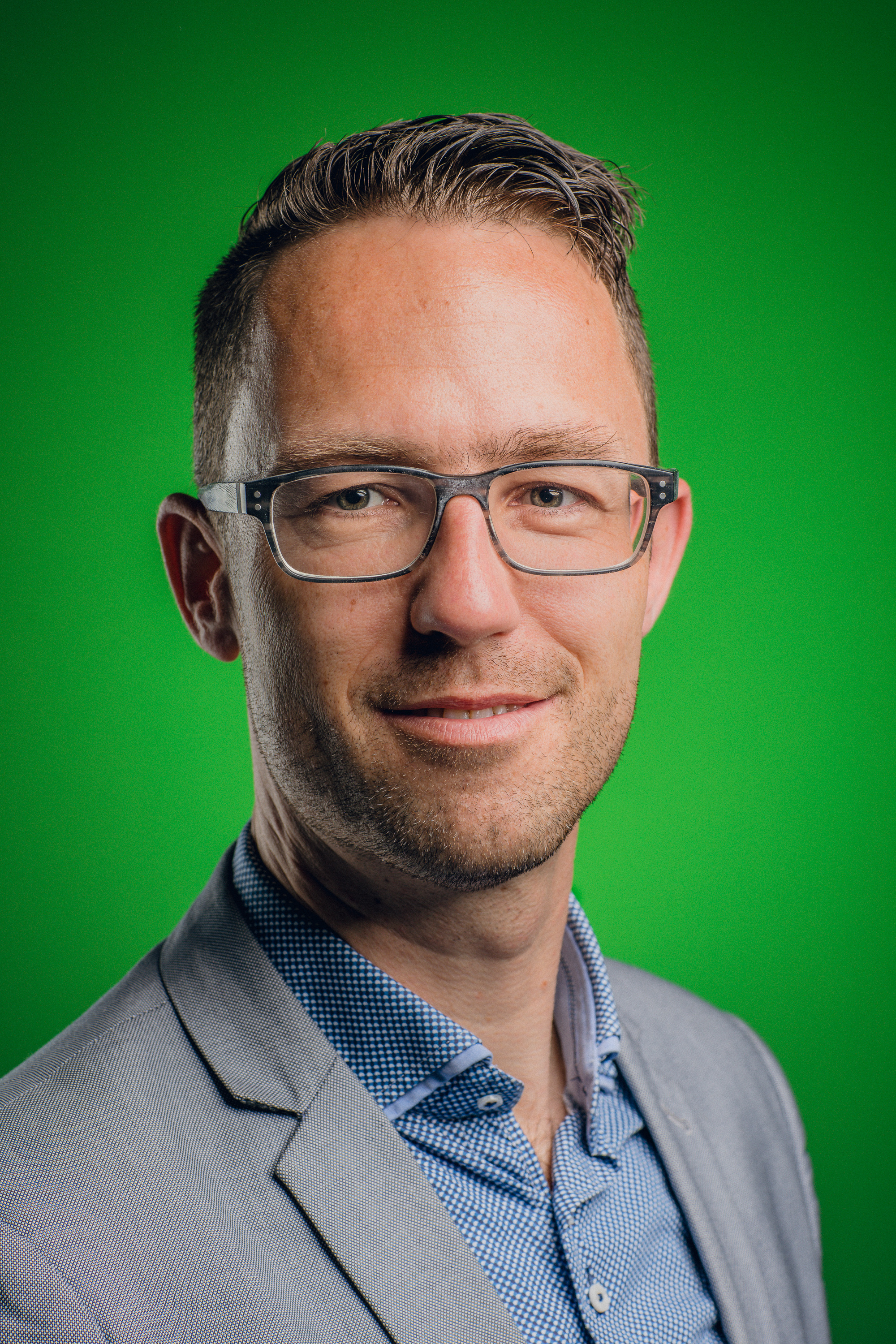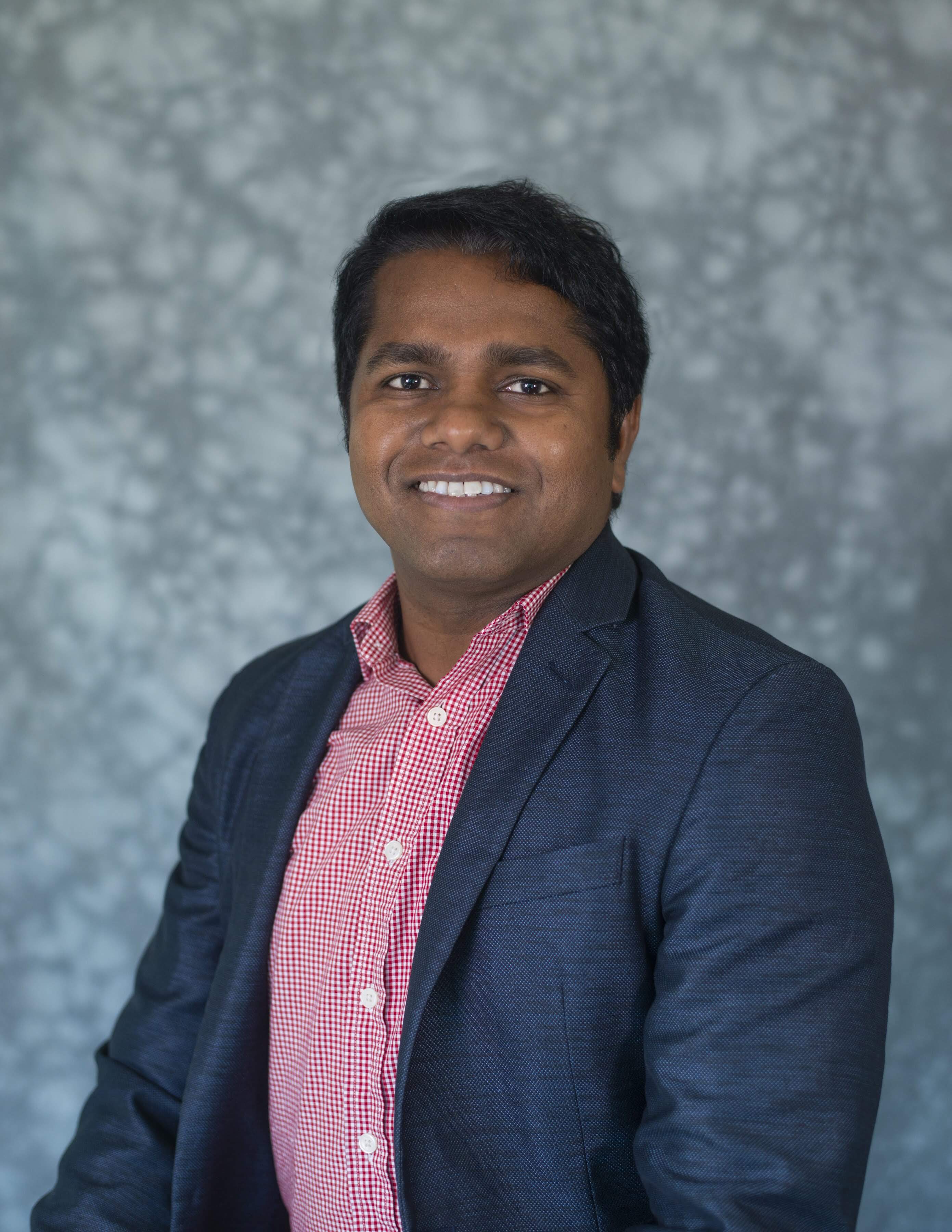Key Notes

Prof. Dr.-Ing. habil oec. Wolfgang Maaß
Prof. Dr.-Ing. habil oec. Wolfgang Maaß holds a BSc. (Pre-Diploma) from RWTH Aachen University, an MSc. (Diplom) and a Ph.D. in Computer Science from Saarland University and finished his postdoctoral studies in Management esp. Information Management at the University of St. Gallen, Switzerland. His doctorate was funded by the German Research Foundation (DFG). He is a full professor at Saarland University in Business Informatics at the Faculty of Human and Business Sciences, is co-opted professor in Computer Science at the Faculty of Mathematics and Computer Science at Saarland University, and is an adjunct professor in Biomedical Informatics at Stony Brook University, School of Medicine, NY. He is also the scientific director of the Smart Service Engineering research area at the German Research Center for Artificial Intelligence (DFKI). His research focuses on data economics, data-driven decision-making, and the use of artificial intelligence and quantum technologies for innovative services. The research results are applied in various industries, such as industrial manufacturing and health, sports, and well-being.
Conceptual Modelling in the Age of Artificial Intelligence and Quantum Computing
KeyNote video talk of this topic
Models are not true, but some are useful. Models are either used as mental constructs by individuals or they are used by groups as social constructs. Conceptual modeling has always focused on socially constructed, explicit representations that are useful for gaining shared understanding of an affair or even for designing and implementing technical systems, most of all information systems.
For mental representations of individuals, the working hypothesis of neuroscience is that mental representations are embossed into neural structures and ultimately into electric signals. Socially constructed conceptual models require explication by representations governed by some shared conceptual-modelling grammar (Wand & Weber 2001), i.e., they become social reality by information in a medium.
Different phases of conceptual modeling have been conducted in the past decades. Initially, conceptual models were fully controlled and “closed” representations, e.g., frames. This was followed by a phase of conceptual models that are unrestricted (“open”) for capturing the richness of human knowledge in general, most of all ontologies. Statistical models and machine learning models often lack direct connections to individual knowledge and socially constructed knowledge but emerge from data alone. The underlying assumption is that data is taken directly from reality and is therefore objective. Recent discussions on biases and distortions of data raise the question of the social construction of data as well. Current research on explainability and interpretability tries to build bridges between both fields. Hybrid models are an attempt in this direction by trying to merge socially constructed conceptual models with machine learning models. The success of machine learning models has initiated chip design research to develop dedicated chips that can directly support AI processing. This might have repercussions on preferred designs of information systems and machine learning models. Even more advanced are quantum computing and quantum information theory when transforming data representations into quantum representations that are accessible by quantum computing algorithms.
In this talk, common aspects between all these fields are discussed and some thoughts on research questions will be presented. A focus will be laid on the interplay between conceptual modeling and machine learning models but also some connections to advanced chip designs and quantum computing are given.

dr. Bas van Gils
Bas is a driven and experienced consultant, trainer, and researcher. The last few years, he has helped professionals and organizations in realizing their digital aspirations: from strategy to realization. His motto is: in an increasingly digital world, you have to put the people first. He has worked in different industries, both in Europe and the United States both as a teacher and consultant. Bas frequently publishes both academic and professional papers and books. He is a frequent speaker at conferences.
It is increasingly apparent that data is one of the key assets for many organizations. The corollary is that the data management is becoming more and more important. Bas has helped many organizations in their journey to become more data driven. These projects cover a wide spectrum of topics, ranging from data management processes, organization structures (CDO Office) and training of professionals. The key is to get just enough grip on data in order to create value with data. Recently, Bas has published his experiences in this field with a book: data management - a gentle introduction. This book covers both the theory and practice of this exciting field.
Bas is actively engaged in the community. His academic work (teaching, research) is grounded in the scientific community at Antwerp Management School. He also teaches at Utrecht University of Applied Sciences and is a board member at DAMA Netherlands.
In an increasingly digital world, you have to put the people first
KeyNote video talk of this topic
Digital transformation is a key trend in which data plays a crucial role. As a result of the ongoing digital transformation, in line with the law of requisit variety, I see increased complexity and variety that helps in dealing with the challenges of today. Complexity is not bad in and of itself, as long as we have enough understanding of the organization in order to manage it effectively, and even use it to our advantage.
Three real-world cases show that organizations struggle with data/data man- agement. Key questions in this are are: (1) Do we know our data well enough in order to use it? (2) How do we balance “grip on data” with “value creation”? I will argue that effective use of models can help answer these questions. This is not a new position: several scholars have made this claim in the past as well. Very few organizations appear to have a mature modeling capabilitiy, leading to high cost, low agility, and hindering digital transformation. It is intering to ponder how this state of affairs came to be: why is modeling such an under valued skill in light of the fact that both scientific theories as well as heuristic frameworks emphasize it so strongly? Going a step further: why is “theory” such a dirty word in most organizations, up to the point where considering the use of heuritics-based frameworks is alreaddy cause for raised eyebrows and serious discussions?
There is no silver bullet that will improve the status quo: if there was, we would have found it by now. I will propose a strategy that combines a fast cycle (learning by doing) and a slow cycle (build the capability, re-learn the value of theory/models) to move forward. This generic approach can only be succesful when tailored to the specific situation in an organization. Last but not least, I will argue that training and experimentation are key enablers: don’t wait to educate people when they are in the field but start already during their university education.

Pankaj Jalote
Pankaj Jalote is Distinguished Professor at IIIT-Delhi, of which he is also the founding Director. Prior to this, he has been a Chair Professor at IIT Delhi, Head of the Department of Computer Science and Engineering at the IIT Kanpur, and an Assistant Professor at University of Maryland at college Park. On leave from academia, he was Vice President at Infosys Technologies Ltd. for 2 years, and a Visiting Researcher at Microsoft Corporation, Redmond for a year. He has a B.Tech. from IIT Kanpur, MS from Pennsylvania State University, and Ph.D. from University of Illinois at Urbana-Champaign. He is the author of five books including the highly acclaimed CMM in Practice, which has been translated in Chinese, Japanese, Korean etc, and the best selling text book An Integrated Approach to Software Engineering. He has recently authored Building Research Universities in India (SAGE, Nov 2020). He writes a blog on Higher Education in India (jalote.wordpress.com) and has written many opinion articles in leading newspapers. He is a Fellow of the IEEE and INAE.
Modeling and Software
KeyNote video talk of this topic
No complex system can be built without effective modeling. And software systems are complex. Hence, modeling is necessary for building software systems, and a range of models are used for different tasks in the software development process – each playing an important role for that task. The nature and use of models in building a system, however, depends on the nature of the system also – if the system being developed is “hardware” which is costly to change, more rigorous and detailed modeling becomes necessary. If the system being developed is “software” which is easy to change and the cost of change is not high, modeling can be more helpful at higher levels of abstraction helping develop the software solution. Also, while models guide the development of the solution, it may be acceptable to have the final solution diverge from the model. In such situations, reverse engineering models from the solution can also be an useful. Detailed modeling is more appropriate for application domains where errors and changes in the solution are much more expensive. In such cases, domain specific modeling can be useful which may lead to executable models. If models are executable, then the modeling language becomes another programming language and will have to compete for adoption with other programming languages and other approaches for rapid solution development that have emerged. Providing support for integrating generated code with other written code can help in using formal models for parts of the solution.
Keywords: Modeling, Software Engineering, Software Development.

Ashish Kundu
Dr. Ashish Kundu is currently at Cisco Research as its Head of Cybersecurity Research. He is a distinguished scientist, a leader in the area of Security, Privacy, Compliance. He worked as Research Staff Member at IBM T J Watson Research Center. He has led security, privacy and compliance of self-driving cars, tele-operated driving at Nuro as its Head of Cybersecurity. His research has led to more than 160 patents filed with more than 150 patents granted, and more than 50 research papers. He is an ACM Distinguished Member, and has also been an ACM Distinguished Speaker. He has been honored with the prestigious Master Inventor recognition multiple times by IBM Research. Dr. Kundu received his Ph.D. in Cybersecurity from Purdue University in 2010 and his doctoral research at Purdue University received the prestigious CERIAS Diamond Award for outstanding contributions to cybersecurity.
Threat Intelligence Modeling using Graphs
KeyNote video talk of this topic
Security attacks form a system of specific flow of computation and data by one or multiple threats. Attacks follow a set of steps in a sequence. Threats work together as threat groups. Holistic 360-degree defenses against APTs often interconnect multiple threat intelligence computation and defense mechanisms. Each of these processes have a graph structure inherent to their execution. Graphs can be used to model spatio-temporal dimensions and flows of different facets of security as well as privacy. In our previous work, we have explored use of graphs and hyper graphs for threat, attack as well as defense modeling. Moreover, we have also explored using modeling threat intelligence as a system of graphs and using graph analytics and graph deep learning in order to predict, infer, extract features and information for assuring holistic security. Such work has been developed in the context of autonomous cars, AI, cloud and edge computing. In this talk, we will also explore how to use NLP and NLU on how to automatically construct such graph models for specific systems under protection/attack.
